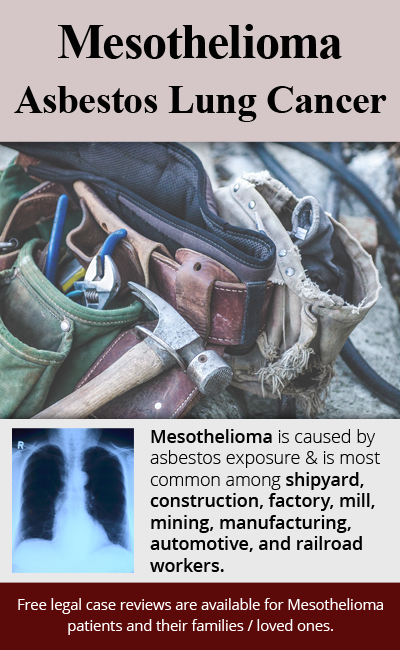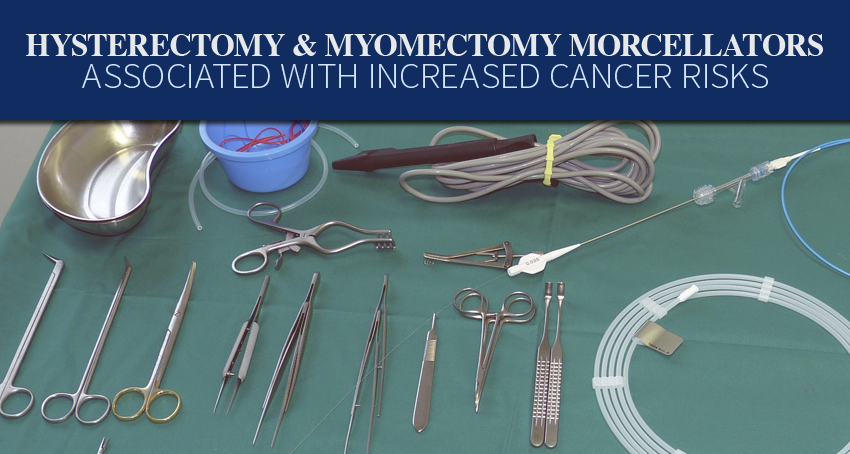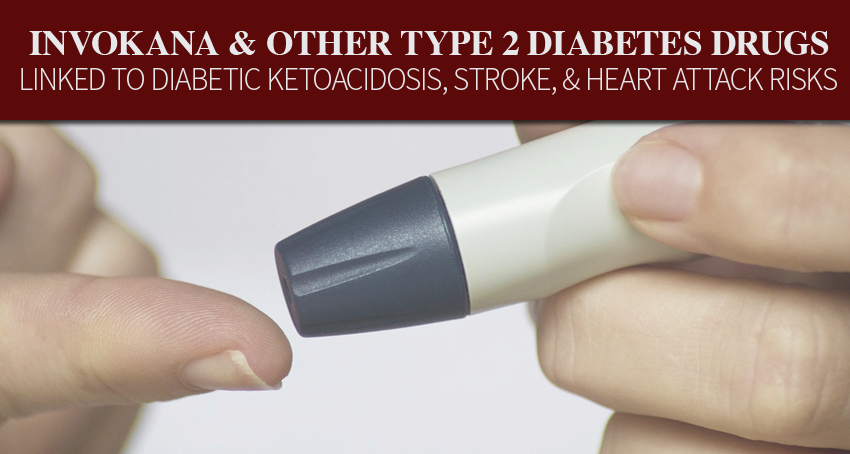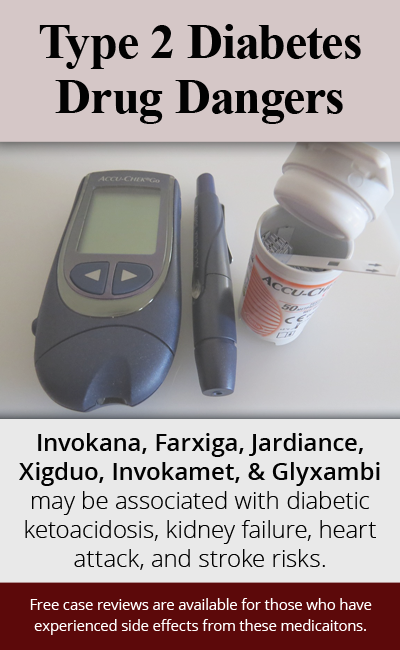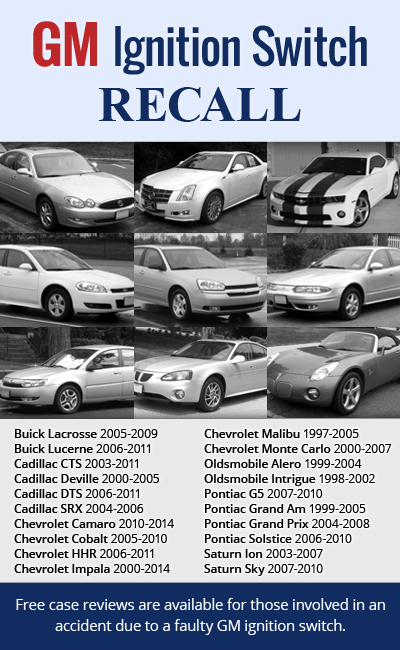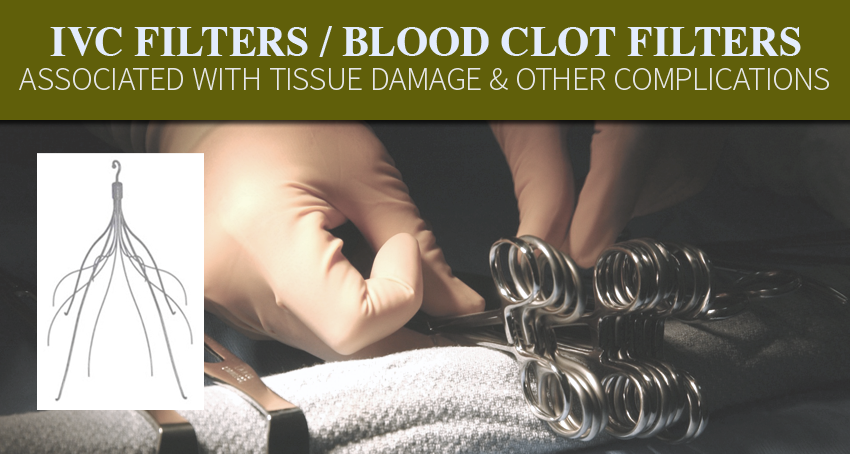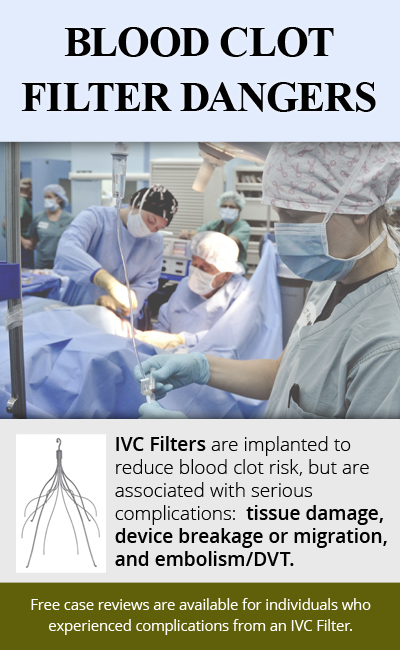What is Mesothelioma?
Mesothelioma is a rare but aggressive cancer that affects the protective lining of the lungs, abdomen and other organs, and causes symptoms like shortness of breath, unexplained weight loss, chest wall pain, coughing up blood, fatigue, anemia, and wheezing, cough or hoarseness. Unfortunately, because symptoms of mesothelioma typically don’t appear until the disease is in its later stages, the cancer is extremely difficult to diagnose, and while there is no cure for mesothelioma, treatment in the form of surgery, radiation or chemotherapy may help relieve the symptoms.
What Causes Mesothelioma?
The most common known cause of mesothelioma is exposure to asbestos, a naturally-occurring material that was once used extensively in a number of industries, including shipbuilding, electrical power, and home and commercial construction, valued for its heat resistance, insulating properties and tensile strength. Before being banned in more than 50 countries, asbestos was woven into fabric and mixed with cement in the production of furnaces, floor tiles, roofs, plumbing, fireplaces and window caulking, and more than 75 types of jobs in the United States have been known to expose workers to asbestos, as reported by the National Institute for Occupational Health and Safety. Second-hand exposure to asbestos is also a serious health concern, as families of workers exposed on the job may be vulnerable to mesothelioma from asbestos dust or fibers brought home in their hair or on their clothing.
Lawsuits Filed Over Mesothelioma Lung Cancer
The use of asbestos in the United States was heavily restricted in the 1970s, but it was never banned in this country, and those considered to be at the highest risk for asbestos-related mesothelioma include the following:
- Factory workers
- Shipyard workers
- Workers in construction and heating industries
- Railroad and automotive workers
- Workers in asbestos mills and mines
- Manufacturers of asbestos-containing products
The first complaints against the manufacturers of asbestos-containing products were brought in 1929, and in the years since, thousands of asbestos exposure lawsuits have been filed on behalf of workers and their families, alleging that asbestos manufacturers and employers neglected to implement safety measures to protect workers from asbestosis, mesothelioma and other asbestos-related illnesses. In fact, litigation involving asbestos exposure and mesothelioma cancer is believed to be the longest-running mass tort in the history of the United States, with more than 700,000 claimants filing complaints against more than 8,000 defendants.
Contact the Experienced Mesothelioma Legal Team at Monroe Law Group
Because mesothelioma has an exceptionally long latency period of between 20 and 50 years, the disease is typically in its late stages by the time it’s diagnosed, and is therefore associated with a low survival rate. Also due to the long latency period, many workers who were exposed to asbestos in the 30s and 40s, when the material was still routinely used in construction and other industries, didn’t exhibit any symptoms of mesothelioma until decades after their initial exposure, or died before they could be diagnosed with the disease. If you have been diagnosed with mesothelioma, and you believe asbestos exposure on the job to be the cause, contact the Monroe Law Group today contact us today by phone at (855) 222-3888 or by email at intake@monroelawgroup.com to explore your possible compensation options.


